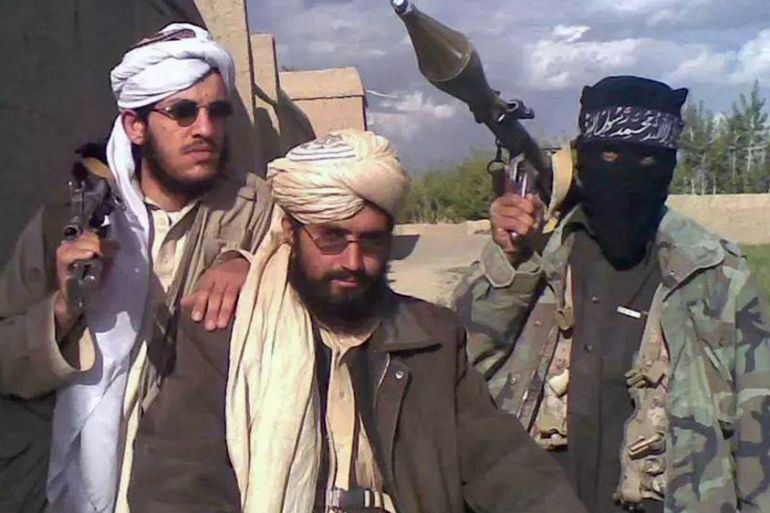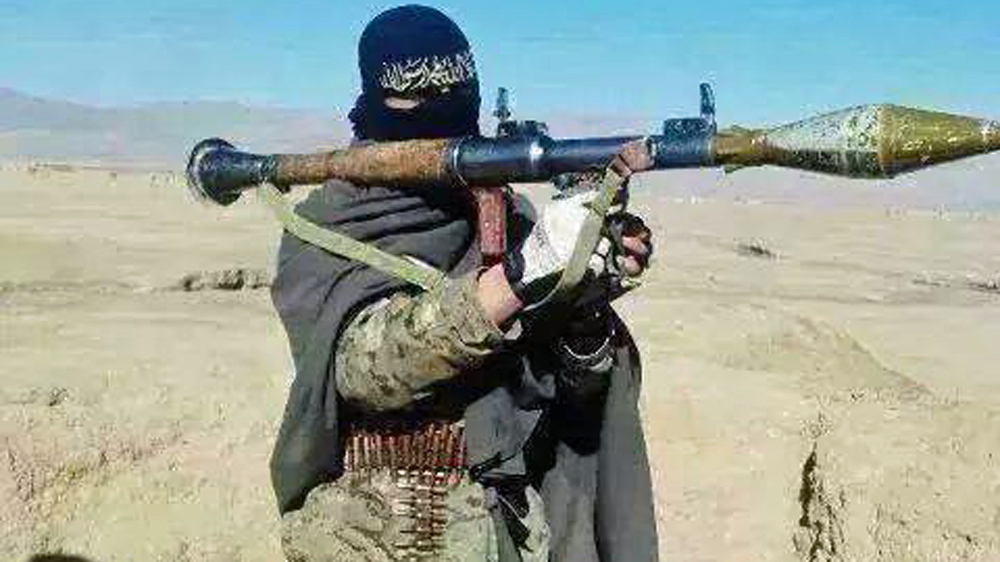Foreign fighters set up shop in northern Afghanistan
Residents of Kunduz province concerned after black-masked fighters take control of their villages.

Kunduz, Afghanistan – Tribal elders aren’t sure who the estimated 50 foreign fighters with their families are – or how they got here.
Just six months ago, the Afghan military conducted operations in Chardara district in northern Kunduz province to push the Taliban beyond city limits.
 |
| Foreign fighters have settled into northern Kunduz province [Al Jazeera] |
Now, foreign fighter enclaves dot this province’s rapidly changing political landscape.
Keep reading
list of 4 itemsPhotos: Tourist numbers up in post-war Afghanistan
Taliban ban on girls’ education defies both worldly and religious logic
Afghanistan calls for ‘respect’ after Cricket Australia snub
According to residents and local officials, foreign fighters and their families have taken up residence in three of the province’s seven districts.
“Chardara, Archi and Imam Seheb,” confirmed Hamdullah Danishi, deputy governor of Kunduz.
Since their arrival about five months ago, 10 tribal elders have been killed – four in the past few weeks alone – along with about 100 residents.
“A man doesn’t know when he leaves the house if he’ll make it back home,” said a tribal elder who requested anonymity because of increasing threats he’s received. “All the power is with them.”
Only their eyes
“We don’t know who they are,” another elder chimed in. “They talk in a language we don’t understand and wear black masks to hide their faces. We just see their eyes.”
Despite tendencies to label the newcomers as Islamic State of Iraq and the Levant (ISIL) or “Daesh”, the group does not refer to itself as such, and neither do officials or villagers.
The group mainly consists of Chechens and Uzbeks, say elders and Afghan officials, among them a smattering of Tajiks, Arabs, Pakistanis and Afghan Taliban.
We don't know who they are ... they talk in a language we don't understand and wear black masks to hide their face.
The Islamic Movement of Uzbekistan (IMU) and Chechen fighters have for years been in the region seeking a passage into Central Asia. IMU recently declared its support for ISIL, raising concerns about future dynamics in the region.
A striking element that sets the new foreign group apart, and a measure of the rapidly changing fight in Afghanistan, is the role of women.
According to officials, the wives of foreign fighters in Chardara are actively involved in bomb-making. They’re also serving as doctors, searching houses, and teaching Islam.
They remind female villagers not to leave home without a male relative, and tell their husbands to go to the mosque for prayers.
Until now in Chardara, women serving on the front lines has been unheard of. However, several months ago during an attack in Qali a Zal, a Turkmen-dominated district here, a Uzbek woman was killed in a firefight.
Taking over
The newcomers are present in every aspect of people’s lives. According to Chardara residents, the fighters now go door-to-door demanding anywhere from 5,000 to 300,000 Afghani ($100-$5,000).
Older girls have stopped attending classes. School curriculum and dress are now regulated, and so is the amount of money spent on marriages. People travelling to and from Kunduz City are monitored, as are those who fail to attend prayers at the mosque, locals say.
Civilians are unable to meet government officials without permission.
Over the past three months, there has been a noticeable uptick in attacks in Kunduz City, particularly targeting government installations.
Construction has also come to a halt. “They tell the people a new government is coming, and that government will start its own construction,” said another tribal elder anonymously for security reasons.
The foreign fighter enclaves are not just in Kunduz, said Danishi. Some are based in neighbouring Takhar province, however, the fighters’ centre of command is in Badakhshan.
“From here they go to help them there, and from there they come to help them here,” Danishi said.
RELATED: The Girls of the Taliban – Special series
The stretch of road from Kunduz City to Faizabad, the provincial capital of Badakshan, is about 240 kilometres. The scenery is some of the most beautiful in all of Afghanistan.
They have more than 600 Taliban there now. It's like a cancer cell.
Gul Muhamad Bedar, deputy governor of Badakhshan, sits in his office in Faizabad. He doesn’t dispute that the foreign fighters’ base is here.
When neighbouring Pakistan launched military operations in North Waziristan, foreign fighters – Tajiks, Chechens, Uzbeks, and Pakistanis – fled to Afghanistan, said Bedar.
Eventually they came north to Khostak, an area in Jurm district.
“They have more than 600 Taliban there now. It’s like a cancer cell. It started with 100 Afghan Taliban. Then 400 foreign fighters and their families joined them. The cancer is spreading rapidly.”
Proof is evident after a fierce assault launched against Afghan security forces manning checkpoints in Jurm recently.
According to Bedar, 18 soldiers were killed in the attack, almost half were beheaded, seven went missing, and 11 were wounded.
However, talk among other government officials suggests the actual number of casualties was much higher.
Several families of the beheaded soldiers were angry after their bodies were returned with heads placed with the wrong corpses.
RELATED: On the Front Lines with the Taliban – Al Jazeera Faultlines
Over the past few years, the Afghan military and international forces have launched several large-scale offensives against the Taliban and foreign fighters, however, the goal of uprooting armed groups from the northern provinces has been largely unsuccessful.
The operations proved to be temporary fixes, moving fighters from one area to the next – and then back again.
Bedar and officials in Kunduz said they were fighting a losing battle without additional government support. They need more troops and, in particular, air support.
“Without it success is impossible,” said Bedar.
Follow Bethany Matta on Twitter: @BethanyMatta